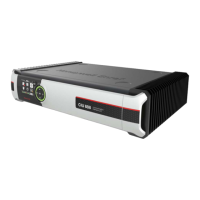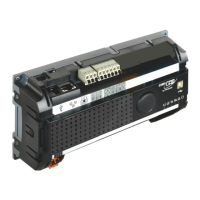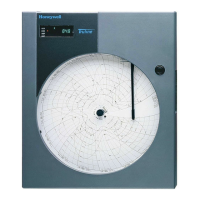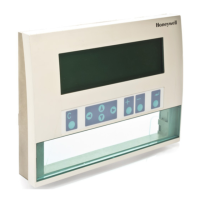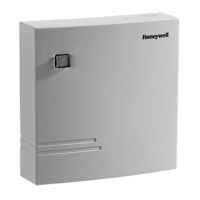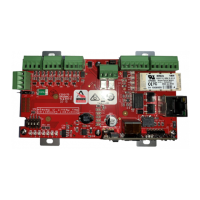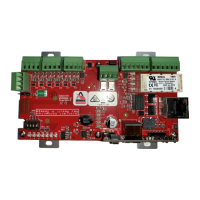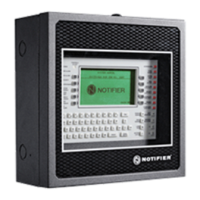perating and Installation
GSM Circuit Switched Data (CSD) Service
For CSD service the GSM service provider must support asynchronous circuit
(CSD) exchange at 4800 or 9600 baud. The b
aud rate must match the baud rate of the central
Sometimes this capability may be included as part of a standard voice
package or it may be an add
on feature at extra cost.
One consideration when ordering service is the frequency of c
service provider offers different packages that may include a fixed number of minutes per month
for a fixed price. However, when this number is exceeded, the cost per each additional minute
can be very high. There are als
o variations in the way “minutes” are measured. For example, a
call lasting 1 minute 10 seconds may be considered to be a 2
minute call by some providers. It
might be possible to purchase less expensive packages that have additional “weekend” or
g” minutes, and then schedule the
to call in at those times. Some plans may offer
minute free. This might be advantageous for short calls.
Another consideration when ordering service is the location of the
rovider’s network. It is best to describe where the units will be located and where they
will be calling, otherwise you could be charged “roaming” or long
distance fees. Some providers
offer free long distance or no roaming charges as part of their basi
The final consideration is the direction of the calls. If the
is to originate calls, then the
service must support “mobile
originate” service. If the unit is to receive calls, then “mobile
terminate” service is required.
vider will need the following information:
Type of cellular service desired, which is
The device type, which must be specified as the “
Data mode is to support 4800 or 9600
baud operation. This rate must match
of central computer’s modem.
Number of minutes per month.
and the location of central computer (to determine if “roaming” or
long distance charges apply).
r may need to know the “IMEI” number printed on the radio.
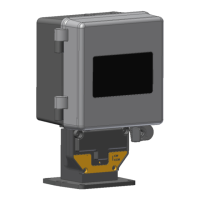
